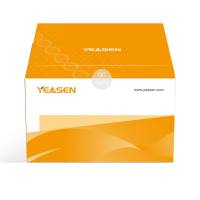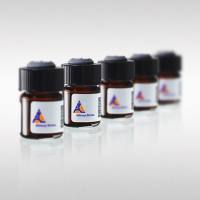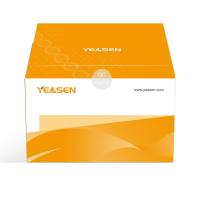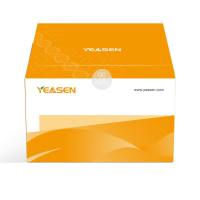Virus Isolation
互联网
1332
There have been no reports of the direct entry of Epstein-Barr virus (EBV) into a fully permissive lytic cycle in any cell in vitro. Virus does, however spontaneously move from latency into a lytic cycle of replication in a very small percentage of the population of most B-cell lines in culture and this number can, with varying degrees of efficiency, be increased by use of inducing agents. Typically, current production methods involve induction of the lytic cycle in B cell lines and harvest of virus from spent culture medium several days after induction. There are three cell lines that are commonly used for this purpose because they respond well to induction stimuli. These lines are the B95-8 cell line, a marmoset lymphoblastoid cell line transformed by virus obtained from a patient with infectious mononucleosis (1 ); and two lines derived from Burkitt’s lymphoma tissue, the P3HR1 cell line (2 ) and the Akata cell line (3 ). B95-8 cells and P3HR1 cells are usually induced with phorbol esters, sodium butyrate, or a mixture of the two (4 ). In addition, replication can be induced in the Akata cell line by crosslinking cell surface immunoglobulin (5 ).









